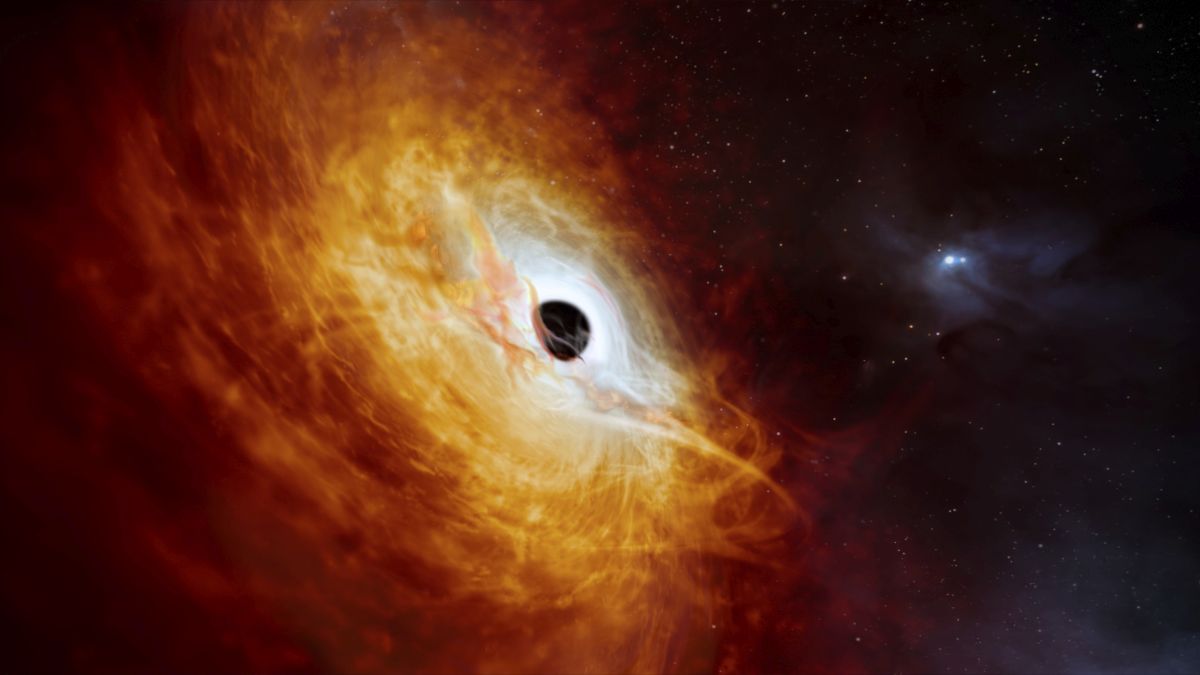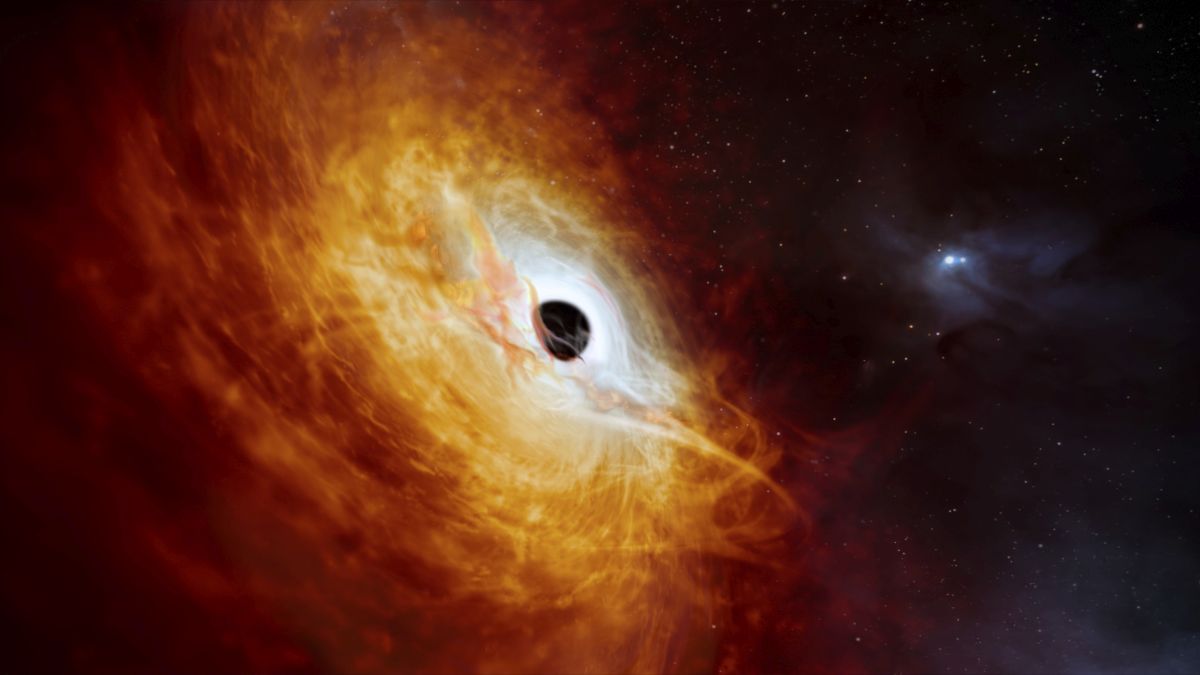Paris: Grains of rock spewed into deep space suggest a small moon of Saturn has hydrothermal vents, boosting theories it may harbour microbial life, scientists said on Wednesday.
Reporting in the journal Nature, astrophysicists in the United States offered a solution to a decade-old mystery over dust observed streaming from Saturn’s rings.
The grains are disgorged from a mineral-rich, balmy sea beneath the planet’s ice-crusted moon Enceladus, they suggested.
It is the first indication of ongoing hydrothermal activity beyond Earth, a possible clue to the existence of warm, water-rich conditions conducive to life beyond our planet.
“It is very exciting that we can use these tiny grains of rock, spewed into space by geysers, to tell us about conditions on, and beneath, the ocean floor of an icy moon,” said Sean Hsu of the University of Colorado at Boulder, who led the four-year probe.
A curiosity of the Solar System, Enceladus looks like a ball of ice, 500 kilometres in diameter, its mostly smooth exterior marked by a few shallow, wavy ridges and small pockmarks from space impacts.
At its south pole, Enceladus disgorges fountains of ice crystals from what is thought to be a sub-surface ocean about 10 km deep - about the size of Lake Superior, the second largest freshwater body on Earth.
One theory is that the water can exist in liquid form, despite the deep chill of the outer Solar System, thanks to a phenomenon called tidal heating.
The guts of Enceladus are squeezed and released by the gravitational pull of mighty Saturn, causing friction and thus warmth. But the wonders of Enceladus do not appear to end there.
The unmanned US probe Cassini found nano-sized grains streaming out of Saturn’s so-called “E” ring, which is believed to comprise Enceladus crystals.
For years, scientists have been trying to figure what these specks are, and how they got there.
Based on measurements from Cassini’s onboard instruments of the grains’ chemical signature, Hsu’s team concluded they were likely grains of silica - the mineral found on Earth in quartz and sand - from the Enceladus sea.
They then used computer simulations and lab tests to calculate how this could happen.
AFP


)




)
)
)
)
)
)
)
)